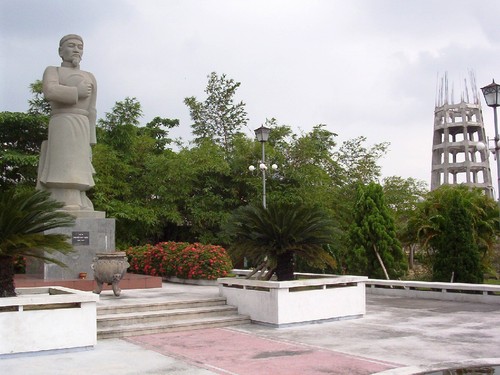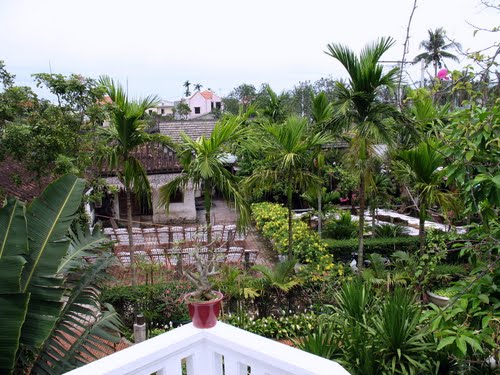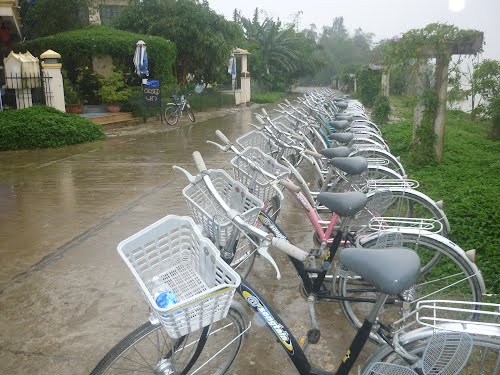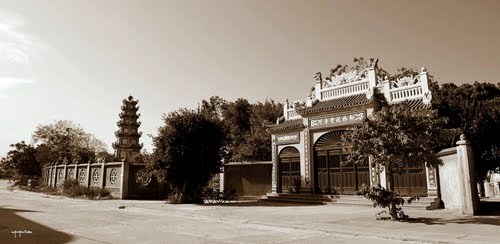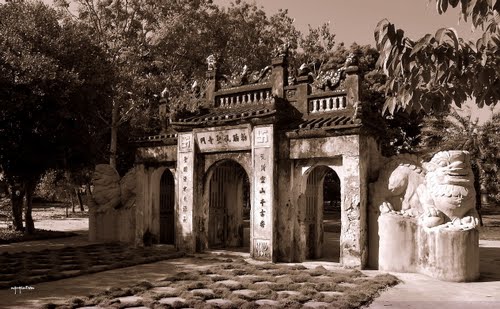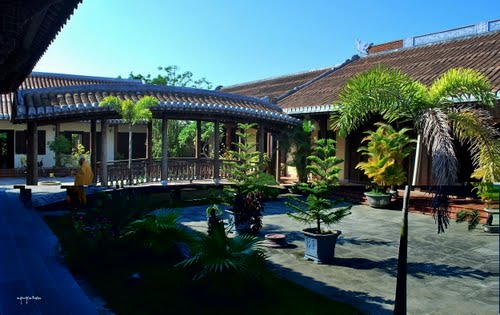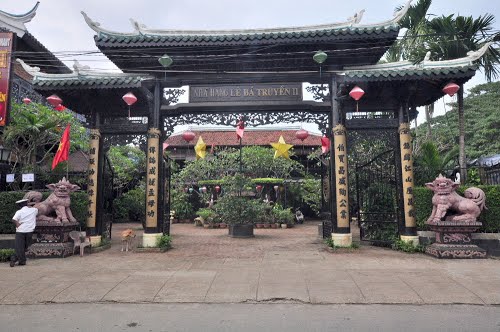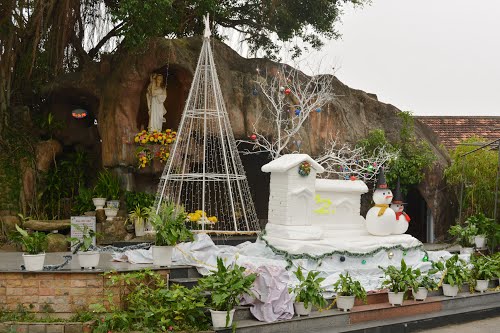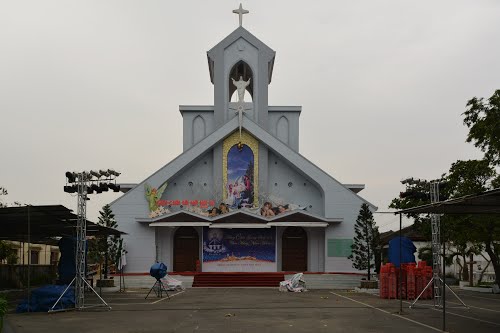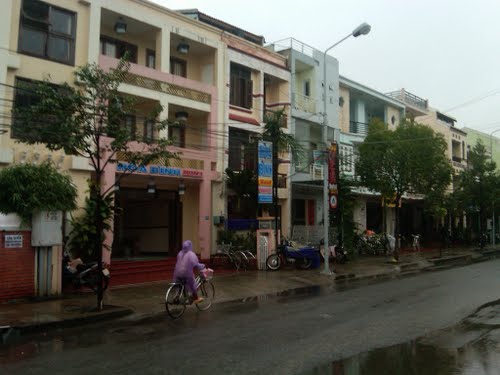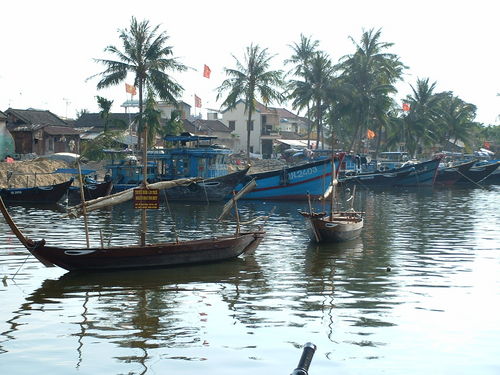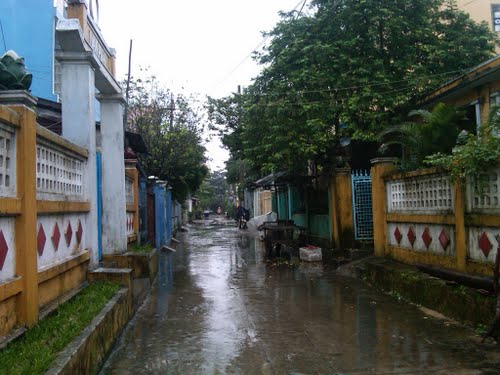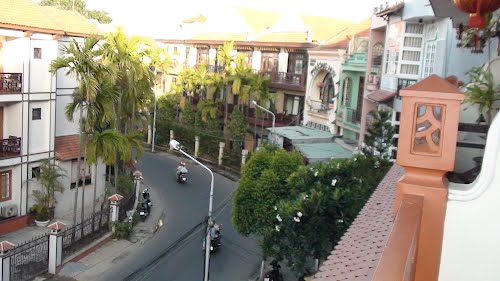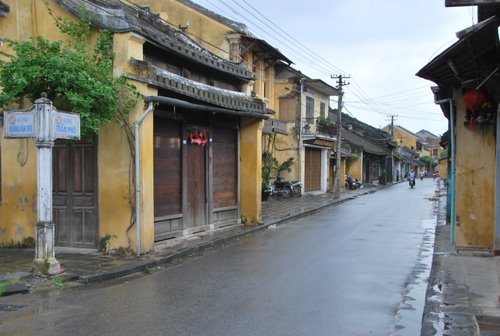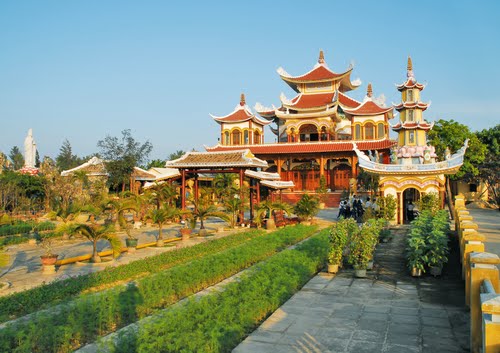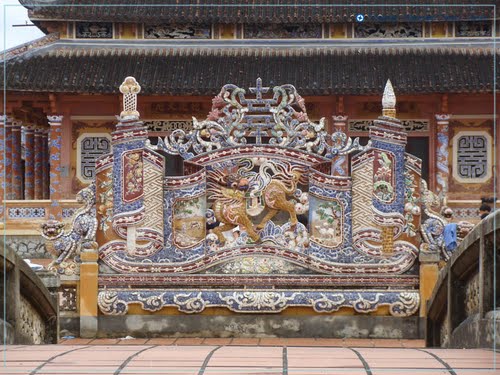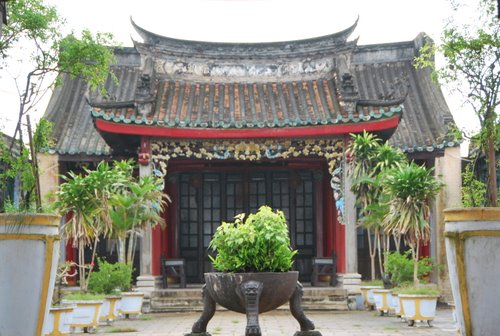Hoi An, also Fai-Fo or Faifoo, is a city in Vietnam, located on the coast of the Vietnam's Central Sea in the Vietnam's Central Sea region, in the Quang Nam Province.
With approximately 120,000 inhabitants, Hoi An is recognised as a World Heritage Site by UNESCO. Hoi An Ancient Town is an exceptionally well-preserved example of a South-East Asian trading port dating from the 15th to the 19th century. Its buildings and its street plan reflect the influences, both indigenous and foreign, that have combined to produce this unique heritage site.
The city possessed the largest harbour in south-east Asia in the 1st century and was known as Lam Ap Pho (Champa City). Between the seventh and 10th centuries, the Cham controlled the strategic spice trade and with this came tremendous wealth. The former harbour town of the Cham at the estuary of the Thu Bon River was an important Vietnamese trading centre in the 16th and 17th centuries, where Chinese from various provinces as well as Japanese, Dutch and Indians settled. During this period of the China trade, the town was called Hai Pho (Seaside Town) in Vietnamese. Originally, Hai Pho was a divided town with the Japanese settlement across the "Japanese Bridge" (16th-17th century). The bridge is a unique covered structure built by the Japanese, the only known covered bridge with a Buddhist temple attached to one side.
History
The early history of Hoi An is that of the Cham. These Austronesian-speaking Malayo-Polynesian peoples created the Champa Empire which occupied much of what is now central and lower Vietnam, from Hue to beyond Nha Trang. Various linguistic connections between Cham and the related Jarai language and the Austronesian languages of Indonesia, Malaysia, and Hainan has been documented. In the early years, My Son was the spiritual capital, Tra Kieu was the political capital and Hoi An was the commercial capital of the Champa Empire - later, by the 14th century, the Cham moved further down towards Nha Trang. The river system was used for the transport of goods between the highlands, inland countries of Laos and Thailand and the low lands.
In 1535 Portuguese explorer and sea captain Antonio de Faria, coming from Da Nang, tried to establish a major trading centre at the port village of Faifo. Hoi An was founded as a trading port by the Nguyen Lord Nguyen Hoang sometime around 1595. The Nguyen lords were far more interested in commercial activity than the Trịnh lords who ruled the north. As a result, Hoi An flourished as a trading port and became the most important trade port on the East Vietnam Sea. Captain William Adams, the English sailor and confidant of Tokugawa Ieyasu, is known to have made at least one trading mission to Hoi An (around 1619). The early Portuguese Jesuits also had one of their two residences at Hoi An.
In the 18th century, Hoi An was considered by Chinese and Japanese merchants to be the best destination for trading in all of south-east Asia, even Asia. The Japanese believed the heart of all of Asia lay beneath the earth of Hoi An. The city also rose to prominence as a powerful and exclusive trade conduct between Europe, China, India, and Japan, especially for the ceramic industry. Shipwreck discoveries have shown that Vietnamese and Asian ceramics were transported from Hoi An to as far as Sinai, Egypt.
Hoi An's importance waned sharply at the end of the 18th century because of the collapse of Nguyen rule (thanks to the Tay Sơn Rebellion - which was opposed to foreign trade). Then, with the triumph of Emperor Gia Long, he repaid the French for their aid by giving them exclusive trade rights to the nearby port town of Da Nang. Da Nang became the new centre of trade in central Vietnam while Hoi An was a forgotten backwater. Local historians also say that Hoi An lost its status as a desirable trade port due to silting up of the river mouth. The result was that Hoi An remained almost untouched by the changes to Vietnam over the next 200 years.
Today, the town is a tourist attraction because of its history, traditional architecture and crafts such as textiles and ceramics. Many bars, hotels, and resorts have been constructed both in Hoi An and the surrounding area. The port mouth and boats are still used for both fishing and tourism.


